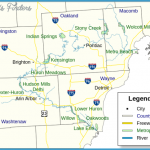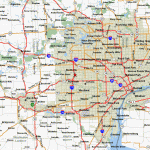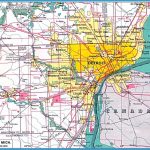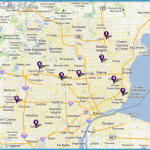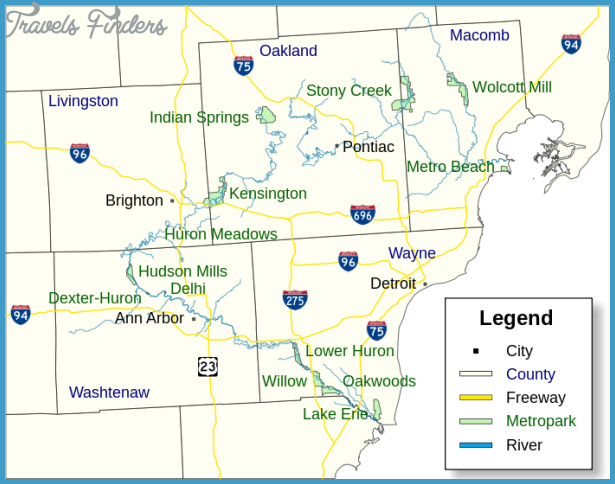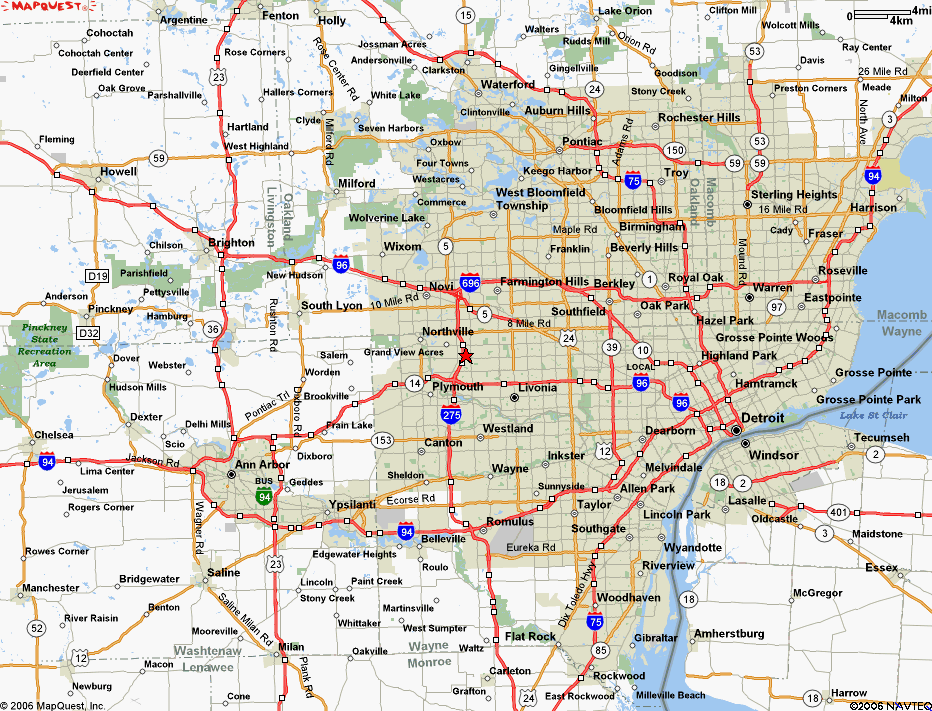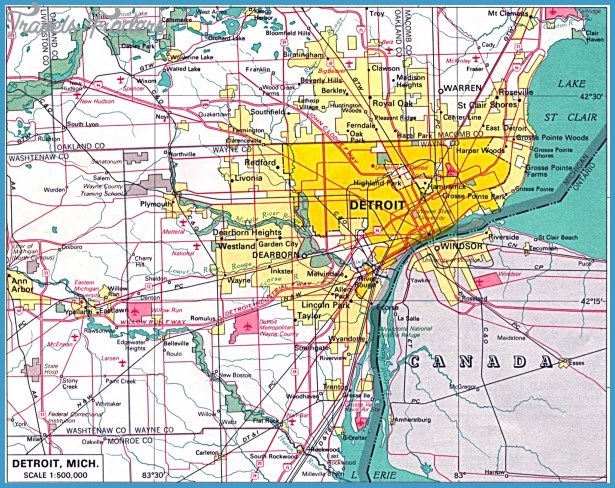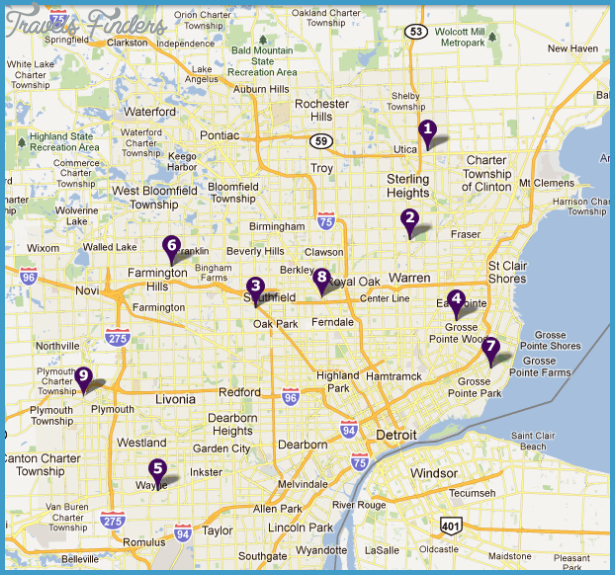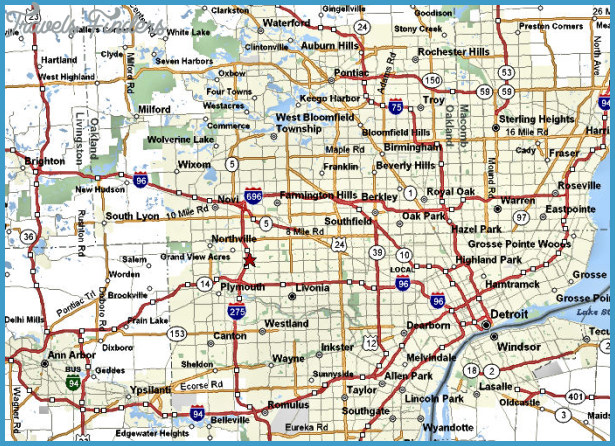Michigan historical overview
The first Latinos to arrive in Michigan were Mexicans who came around 1915 to work in the state’s sugar beet fields, railroad lines, and automobile plants. When Mexican workers arrived, political and economic elites and ordinary citizens perceived them, and the many thousands of European migrants in the state, as alien to their basic notion of America. According to this thinking, Michigan, like the United States as a whole, was a racial and cultural entity defined as white, Anglo-Saxon, and Protestant. Less than a century earlier, when the United States first claimed the territory of Michigan, the residents were mostly Anishnabe (also often called Ojibwe), Ottowa, and Potowotomi. They had lived alongside French fur traders and culturally and racially mixed people (metis) for several hundred years. A boom in migration from the United States after the construction of the Erie Canal (1825) allowed Michigan to enter the Union in 1837. The newcomers defined both statehood and American nationality as Anglo-American, either by reconfiguring the local people as racial and cultural outsiders or, when more convenient, by absorbing them.
Michigan citizens, led by the expansionist senator Lewis Cass, participated in the war against Mexico in the 1840s, which was defined as a conflict against treacherous Spanish and mongrel Catholics. Michigan politicians participated in the compromises after the Reconstruction that stripped the basic citizenship rights from African Americans. In 1898, Michigan troops took part in the war against Spain and in the colonization of Puerto Rico and the Philippines, reviving the battle cry against the Spanish and asserting the right of the white United States to rule over inferior Caribbean and Pacific races.
Each of these engagements contributed to the notion that Michigan was a white, Anglo-Saxon, Protestant place, defined in opposition to racial, cultural, and religious others. The idea that Mexicans were Latins out of place in an Anglo place derived from the struggle for white supremacy at home, and expansionist and imperialist projects abroad. To make matters worse, the first Mexicans arrived in Michigan just as the state’s political elites started to become agitated because of the threat that migration posed to their racial vision of America.
Despite the worries of these immigration reformers, the state depended on imported labor for its prosperity. Since the 1890s migrant families from southern and eastern Europe had tended the state’s sugar beets and staffed Detroit’s assembly lines. During World War I an interruption in trans-Atlantic travel threatened this labor supply. In 1915 Michigan sugar companies began to recruit workers from the growing Mexican migrant population of south Texas. In 1917 the dozens of expanding automobile manufacturers in Detroit began recruiting Mexican workers from Michigan farms and directly from Mexico, along with the African American workers they brought in from the South. By the end of 1920 there were about 4,000 Mexican-born people living in Detroit.
Living in a city with nearly 300,000 European migrants and 40,000 African American migrants, Mexicans escaped the notice of the worst anti-immigrant and white supremacist forces. Yet, like the European and African American workers they lived among, they were highly vulnerable to the whim of employers. Facing a severe recession, in the spring of 1920 sugar companies cancelled the beet season, leaving workers stranded in their camps with no work or wages. In Detroit the automobile industry laid off 80 percent of the workforce, including nearly all the Mexican workers. The Mexican consulate, Catholic Church, and local mutual aid societies raised money to help about 1,500 Mexicans living in Detroit to return to their families in Mexico.1
The 1920s In 1921, in an effort to protect the supremacy of Anglo-Saxons in the United States, Congress passed a law to restrict new migration from Europe. As the postwar depression subsided, Michigan employers, unable to get new European workers, renewed their recruitment efforts in Texas. By 1927, some 20,000 Mexican-origin contract workers constituted three-quarters of the workforce in Michigan beet fields. Beet work stretched from May to November, but it included a dead period in August and September, between the last weeding of the beets and the harvest. During these months workers migrated to fruit- and vegetable-producing areas of Michigan to pick tomatoes, cucumbers, onions, apples, or cherries. Then in the winter they moved back to Texas to pick winter crops and cotton. Most Mexican migrants hailed from the states of Michoacan, Jalisco, and Guanajuato, areas torn by political and religious conflicts in the 1920s. But before coming to Michigan they lived in the Rio Grande Valley of south Texas, where they encountered the brutal legacies of U.S. conquest: segregation, lynching, and other campaigns of terror against local ethnic Mexican populations.
Although being in Michigan represented a welcome respite from violence in Mexico and south Texas, labor conditions for Mexican agricultural workers in that
state were precarious in the 1920s. Some workers lived in trailers or camps provided by sugar companies, whereas others squatted in abandoned farmhouses. They had little access to basic sanitation or health care. The work itself required constant bending from the waist, which frequently led to chronic pain and disability. Wages were so low that families relied on the labor of children to ensure a minimum level of subsistence. The Texan-Mexican folk song The Betabeleros (The Beetworkers) recorded the disillusionment many migrant workers felt about their experiences in the Michigan beet fields.
These early migrant laborers lived in impoverished, often marginal, camps, but they were hardly marginal to the history of the state. To the contrary, the labor of Mexican sugar workers in Michigan contributed to one the most significant cultural transformations in the United States in the twentieth century, namely the rise of mass consumption. Sugar was the first commodity that reached all sectors of U.S. society, serving first as a cheap source of calories to feed a growing urban working class; then as a desirable product, as workers in the United States shifted from working to avoid starvation to working in order to consume more of the things they liked; in fact, Americans liked nothing so consistently or so voraciously as the sweetness of sugar.
By the 1920s the residents of the United States consumed more than 100 pounds of sugar each year per capita, and the government saw the sugar supply as a matter of national security. Almost all of the sugar consumed in the United States came either from sugarcane in the Caribbean worked by Puerto Rican, West Indian, Cuban, and Haitian laborers or from beets in Michigan and other northern states, worked by Mexicans and Mexican Americans. Although the sugar industry helped usher in a new era of the citizen-consumer, most of the Caribbean or Latino migrant workers who produced sugar continued to labor, season to season, merely to avoid starvation.
It is no surprise, then, that when given the option, Mexican-origin workers in Michigan did not remain in the beet fields. As Michigan manufacturing grew in the 1920s, many migrant workers moved into cities in search of jobs in railroad maintenance, industry, or construction; others came directly from Mexico. By 1928 there were 15,000 Mexicans and Mexican Americans living in Detroit; outside the southwestern states only Chicago had a larger colonia (neighborhood). Mexican migrants working at the Michigan Central Railroad built camps near the train depot on Michigan Avenue in Detroit, and in the rail yards at Sixth Avenue and Plum Street. There they recycled empty boxcars into homes complete with porches and small vegetable gardens. Many factory workers either joined the Mexican migrants in the camps or settled in enclaves in the Irish neighborhood known as Corktown (along Michigan Avenue, just west of Woodward), in an area near Lafayette and Congress streets, as well as in Dearborn.
The growing Mexican population gave rise to a range of social and political institutions. Mexican parishioners collected the funds to build Our Lady of
Guadalupe Church in 1923, staffed by a Mexican priest. A Mexican grocery store opened in 1929, expanding within a few years into a chain of seven stores located in Detroit, Pontiac, and Saginaw, in Michigan, and Lorraine, in Ohio. Two mutual aid societies, the Circulo Mutualista Mejicano (founded 1923) and Sociedad Anahuac (1926) dedicated themselves to regular social events such as dinners and cultural acts. The members of these two organizations were the elite of the colonia: workers who had made their way up to high-prestige jobs in the auto plants and a few professionals. Workers with a more radical perspective founded the Obreros Unidos Mexicanos.
In 1926 the Mexican consulate convened the leadership of all social clubs in the colonia into a unified Comision Honorifica Mexicana. The group began to celebrate patriotic festivals on September 16 and May 5. The main event of these festivals was a beauty pageant pitting the queens of the various clubs and organizations against each other to win the title of Queen of Beauty and Patriotism. These expressions of national pride fit closely with the general tenor of social life in Detroit, a city of migrant workers. National parades Irish, Polish, Italian, Hungarian, or Mexican were a way for ethnic leadership to build solidarity among constituents. The patriotic celebrations also fit more broadly with the efforts of the Mexican government in the 1920s to construct a national identity through public ritual. Mexican consulates and the expatriate middle classes did their best to extend this policy to Mexicans living abroad, hoping that a strong sense of patriotism might encourage emigrants to return to Mexico.2 Mexican officials, especially, hoped that Mexicans who made it as far as Detroit factories might go back home, bringing with them the skills of modern industrial workers.
Despite these pressures to remain loyal to Mexico, many Mexican migrants and Mexican Americans in Detroit enthusiastically integrated themselves into U.S. consumer culture. As wages in Detroit rose, they bought cars and dressed themselves in the latest fashions. Mexicans in Detroit flooded into movie theaters to see silent Hollywood films. Many adopted the slicked-back hairstyle made famous by Rudolf Valentino, an Italian American actor famous for his depictions of Latin lovers. They also participated avidly in the tango craze that swept the United States in the 1920s, holding dances and crowning dance champions in their social clubs.
It seems likely that both Valentino’s Latin heroes and the Latin American origins of the tango held special significance for Mexican Detroiters who, otherwise, faced a constant stream of stereotyped Mexican villains and vixens in Hollywood westerns. Racial discrimination in Detroit also often prevented Mexican Detroiters’ full integration into the U.S. working class. Segregation in Michigan was less formalized for Mexicans and Mexican Americans than it was in Texas; and it was certainly less severe for Mexicans and Mexican Americans than it was for African Americans. However, some dance halls, barbershops, workplaces, and landlords refused to admit Mexicans. These barriers tended to
exclude Mexicans with dark skin. Those with lighter complexions often escaped discrimination by claiming Spanish, Italian, or even Native American heritage.

